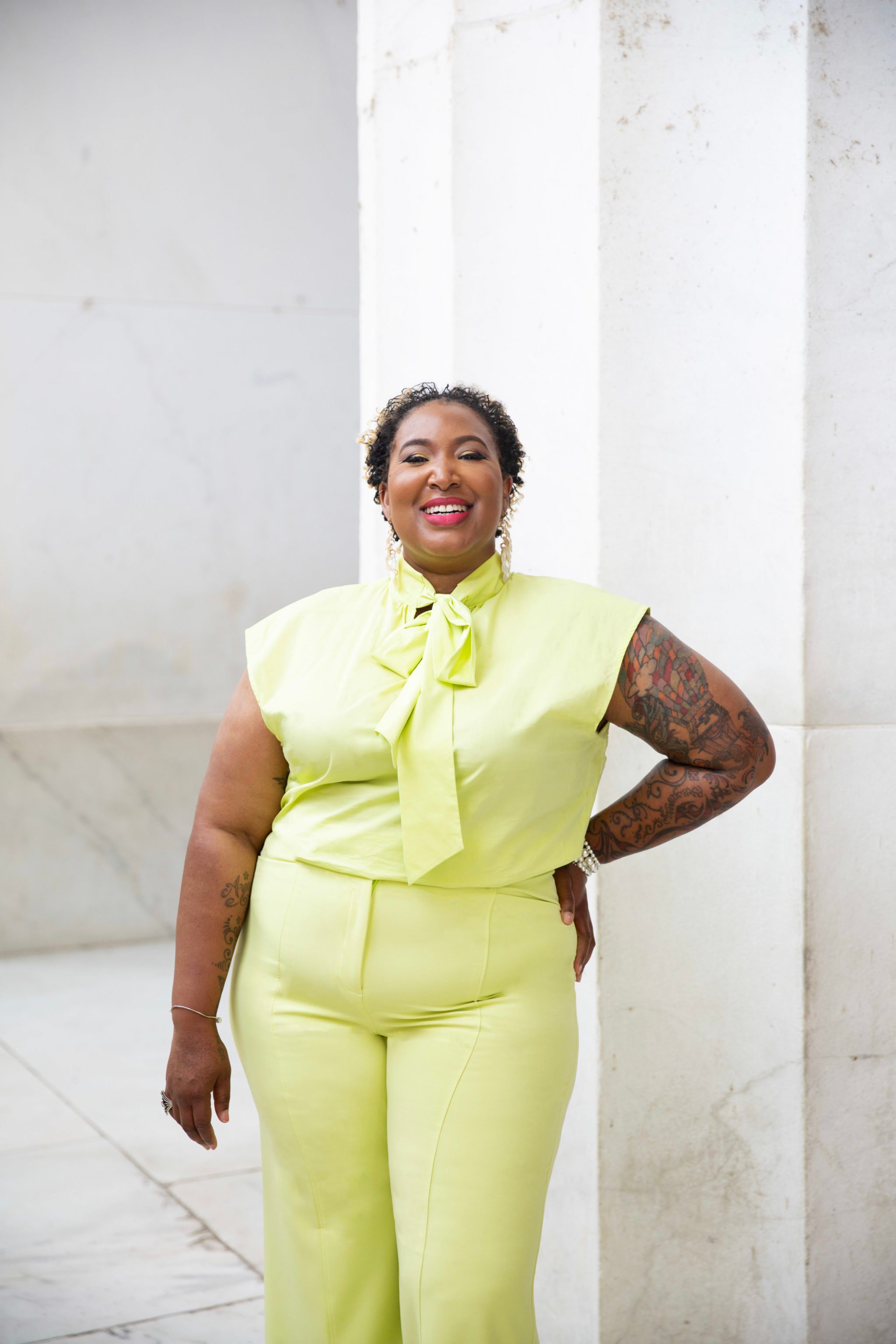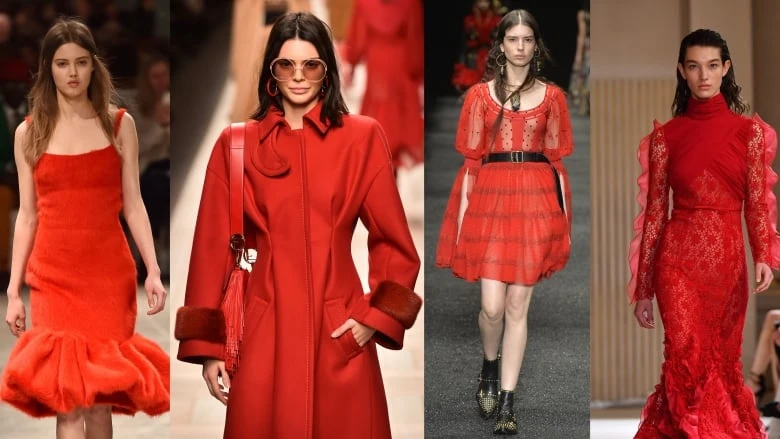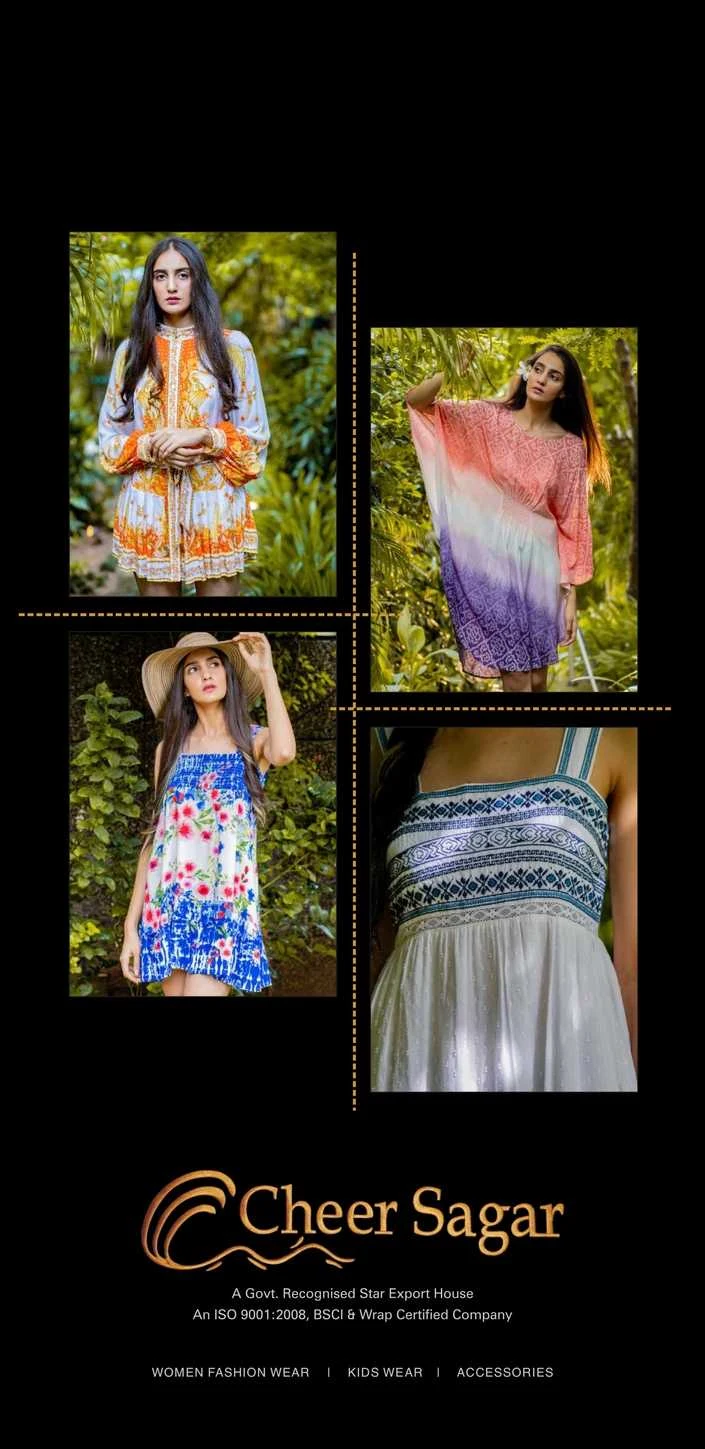Women typically shop for clothes around 4 times per month, depending on personal preferences and needs. This frequency may vary based on individual lifestyles, financial situations, and personal style preferences.
Many factors can influence how often women shop for clothes, including fashion trends, social influences, and personal budgets. Shopping for clothes is not just a necessity but also a form of self-expression and creativity for many women. The convenience of online shopping and the availability of fast fashion have also impacted how often women update their wardrobes.
In today’s fast-paced world, shopping for clothes has become more accessible and seamless, allowing women to explore and experiment with fashion choices more frequently.

Credit: www.complex.com
Untold Shopping Habits
Discover the intriguing world of women’s shopping habits, delving into the untold aspects of how they navigate the retail landscape. From impulse buys to meticulously planned purchases, learn what influences their decisions and preferences.
Online Vs. In-store Shopping
Women often weigh the convenience of online shopping against the sensory experience of in-store browsing. Online shopping offers endless options at the click of a button, while in-store shopping allows for tactile exploration and immediate gratification. Both channels play a vital role in women’s shopping routines.
Impulse Buying Vs. Planned Purchases
The dichotomy between impulse buying and planned purchases shapes women’s shopping behaviors. Impulse buys cater to fleeting desires, driven by emotion and instant gratification. Planned purchases involve strategic decision-making, where women carefully consider their needs and preferences before making a buy.
Frequency Of Shopping
Frequency of Shopping: How often do women shop for clothes can vary widely based on individual preferences and lifestyle factors.
Seasonal Shopping Trends
Women tend to shop more frequently during changes in seasons, looking for new styles.
Influence Of Social Media
Social media plays a significant role in influencing women’s shopping habits, promoting trends and new products.
Factors Affecting Shopping Habits
When it comes to shopping habits, multiple factors influence how often women shop for clothes. Understanding these aspects is crucial in establishing the shopping patterns of women. It’s important to consider the influence of fashion trends, budget and financial considerations. Let’s delve into these factors to understand the underlying dynamics behind women’s shopping habits.
Influence Of Fashion Trends
Fashion trends significantly impact women’s shopping habits. The ever-changing and evolving nature of fashion influences women to shop more regularly. When new trends emerge, women often feel the urge to update their wardrobes to stay in line with the latest styles. This desire leads to more frequent shopping activities as they seek to align themselves with the current fashion scene. The need to stay fashionable and up-to-date with the latest trends plays a pivotal role in driving women to shop for clothes more frequently.
Budget And Financial Considerations
Women’s shopping habits are also affected by budget and financial considerations. The availability of disposable income significantly influences their shopping frequency. Individuals with higher disposable incomes tend to shop more often, particularly for high-end or luxury clothing items. On the other hand, those with tighter budgets may shop less frequently and focus on making careful and strategic purchases. Financial stability and budget constraints play a significant role in determining how often women engage in clothes shopping activities.

Credit: wwd.com
Psychology Behind Shopping
Explore the psychology behind women’s clothing shopping habits, delving into the frequency of their purchases. Gain insights into the emotional, societal, and personal factors that influence how often women shop for clothes. Understand the underlying motivations and triggers behind their shopping behavior.
The Psychology Behind Shopping
Shopping is not merely a practical task of acquiring necessary items; it is a deeply psychological experience. Understanding the psychology behind shopping can help us comprehend why women shop for clothes so frequently. From emotional triggers to the decision-making process, several factors contribute to this phenomenon.Emotional Triggers
Shopping is often driven by emotional triggers that compel women to take to the stores or online platforms. These triggers can be subconscious or conscious, but they all elicit emotions that fuel the desire to shop. Some common emotional triggers include:- Escapism: Shopping can provide a temporary escape from daily stresses and provide a sense of pleasure and indulgence.
- Social Validation: Women often seek social approval, and shopping for new clothes allows them to conform to society’s beauty standards and gain validation from peers.
- Boosting Mood: Treating oneself to new clothing items can elevate one’s mood, providing a sense of happiness and confidence.
- Self-Expression: Clothing choices allow women to express their personality, creativity, and individuality, leading to a sense of empowerment.
Decision-making Process
The decision-making process during shopping involves a series of steps that women go through before finalizing a purchase. Understanding these steps can shed light on why women shop for clothes frequently. The process can be summarized as follows:- Need or Desire: Women identify a need or desire to acquire new clothing items, either due to practical reasons or for emotional gratification.
- Research and Exploration: They start researching and exploring different options, gathering information about the latest trends, styles, and brands.
- Consideration: Women evaluate the potential options based on factors such as price, quality, style, and personal preferences.
- Emotional Connection: They form an emotional connection with the chosen clothing items, imagining themselves wearing them and experiencing positive emotions.
- Decision: Finally, the decision is made to make the purchase, leading to the satisfaction of fulfilling the need or desire identified at the beginning of the process.
Changing Shopping Patterns
Over the years, the way women shop for clothes has undergone significant changes. From traditional brick-and-mortar stores to the rise of e-commerce, there have been considerable shifts in the way women make their fashion purchases. In this article, we will explore the impact of technology and growing environmental and ethical concerns on these changing shopping patterns.
Impact Of Technology
The advent of technology has revolutionized the way women shop for clothes. With the increasing popularity of online shopping, women now have access to a vast array of clothing options right at their fingertips. The convenience of browsing through different styles and brands, comparing prices, and reading customer reviews has transformed the shopping experience.
Additionally, the rise of mobile shopping has further reshaped women’s buying habits. With smartphones becoming an indispensable part of daily life, women can now shop anytime and anywhere, making it easier to stay updated with the latest fashion trends. The ability to make quick purchase decisions and receive instant notifications about sales and discounts has undoubtedly accelerated the frequency of clothing shopping.
Environmental And Ethical Concerns
When it comes to shopping for clothes, more women are becoming aware of the impact their choices have on the environment and ethical practices. The fashion industry is known for its contribution to carbon emissions, water pollution, and exploitative labor practices. As a result, women are seeking out sustainable and ethically-produced clothing options.
Companies that prioritize eco-friendly production processes, use organic or recycled materials, and pay fair wages are gaining popularity among conscious shoppers. Women are actively looking for transparency in the supply chain and engaging with brands that align with their values. This shift towards eco-consciousness and ethical considerations is influencing the frequency at which women buy clothes.
Moreover, the concept of the circular economy has emerged as a solution to address the environmental impact of the fashion industry. Women are embracing practices such as clothes swapping, renting, or buying second-hand, reducing the need for constant new purchases. This shift not only reduces waste but also contributes to the diversification of personal style by incorporating unique and vintage pieces into their wardrobes.

Credit: www.washingtonian.com
Frequently Asked Questions Of How Often Do Women Shop For Clothes
How Often Do Women Shop For Clothing?
Women typically shop for clothing around 4 times a month, depending on individual preferences and needs.
How Often Is It Normal To Buy Clothes?
It is normal to buy clothes based on personal preference and need, typically ranging from every few months to once a year.
How Much Time Does The Average Woman Spend Shopping?
On average, women spend about 8 hours per month shopping for various items. This includes both online and in-store shopping.
Do Women Buy More Clothes Than Men?
Yes, women tend to buy more clothes than men, as they have a wider variety of options and styles to choose from. This is due to the fashion industry catering more towards women’s clothing preferences.
Conclusion
In the ever-evolving world of fashion, women frequently shop for clothes, turn to online platforms for convenience, and seek out the latest trends. Understanding their shopping habits and preferences is crucial for retailers to cater to their needs effectively. By adapting to the changing trends and providing a seamless shopping experience, businesses can attract and retain female customers.






